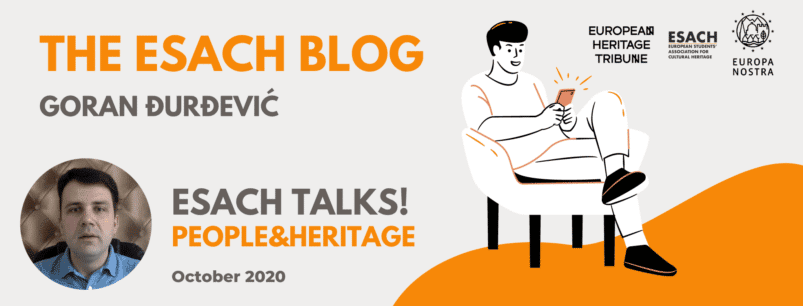Digital heritage studies, digital archaeology and museology are growing fields in academia and present new ideas, tools and methods for cultural heritage protection in the digital era. Mirror Studies is an international research student group active since January 2019, which is constructing a big data project and web application based on ArcGis technology. The research focus is on mirrors, archaeological artefacts used for reflection, which are key objects of the program described in this article.
Written by: Goran Đurđević.
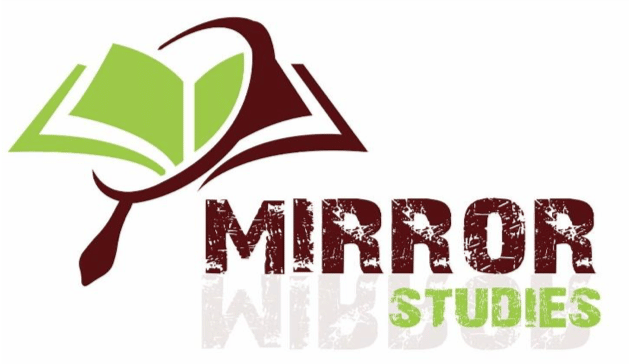
The main objective is establishing mirror studies as an interdisciplinary academic field on the basis of big data accumulation. Specifically, the project is recollecting a wide range of files and information on archaeological sites and museums as well as bibliography with scholars’ information, digital models of items, education and research materials about mirrors across a variety of cultures, regions, areas, historical time and events. With this view, authors are developing five databases, which are (and will be) open access and user friendly:
- Archaeological sites;
- Museum collection;
- Historical sources;
- Scholars;
- Bibliography.
Databases
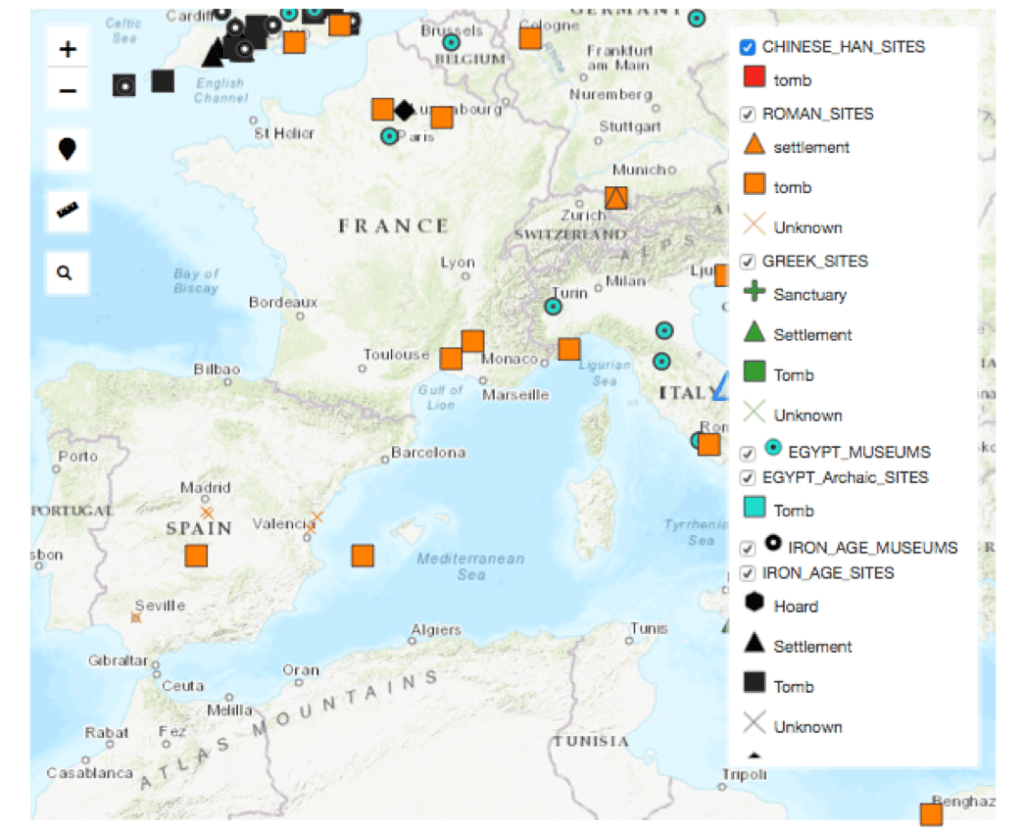
The mirror collections of various museums are presented by GIS mapping and the database is divided into museums and archaeological sites, with data being collected from literature, reports and various materials. Archaeological site data is presented in WebGIS and it consists of several layers: cultural variations (Iron Age, Greek, Roman, Egyptian, Chinese etc.), chronology (Bronze Age, Iron Age, Classical, Medieval etc.) and periods (for Egypt archaic, Old, Middle or Late Kingdom) across the world; types of sites (tombs, settlements, sanctuaries, hoards, water and unknown). On the map, symbols are divided by shape (every type of site has its own shape, with triangles for example representing a settlement and squares a tomb) and color (black is Iron Age, orange Rome, red China etc).
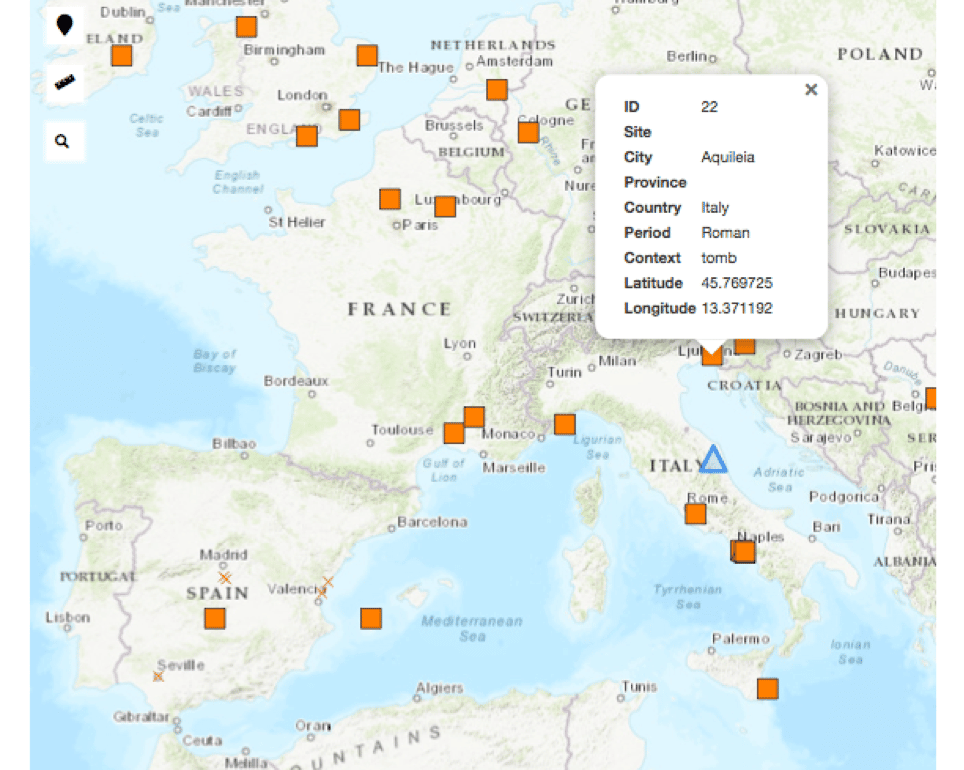
The ’Historical sources’ is another database which is currently being progressed. It will be an online bilingual (English and original language) text collection of narrative texts, reports, various files and documents, as well as epigraphic texts and other written sources about mirrors.
The collected bibliography on mirror studies will consist of a wide range of articles and publications in several languages, drawn from different regions, periods and academic fields. Digital education materials are also included, and they consist of short videos by relevant scholars (Mirrors video dictionary) and assisting workshops for preparing students. Videos in the form of vlog are bilingual, including the original speaker’s audio language and English subtitles, free to use as education material. This video dictionary consists of monologues by distinguished scholars who explain key issues and related terminology. The online library is a free and open digital storage of various academic publications and presentations.
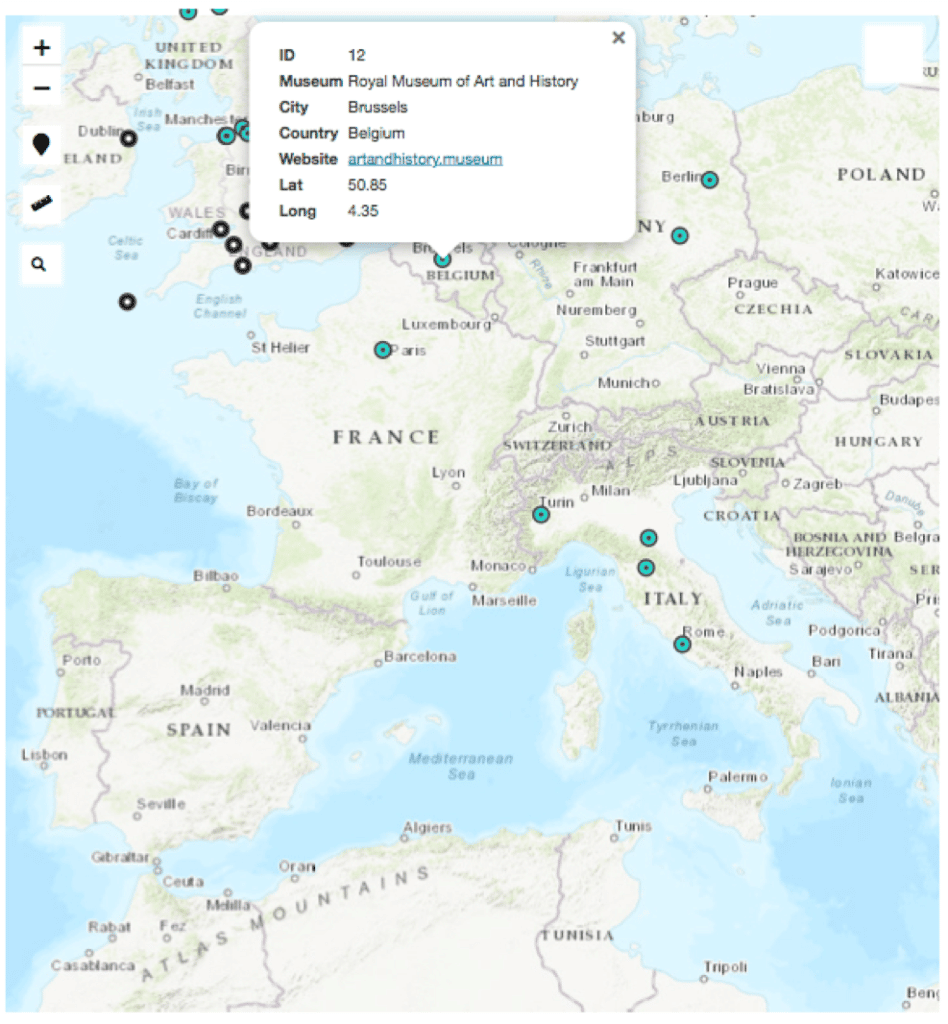
Vision
The whole project is an open access application and user-friendly website search by map based searching, Structured Query Language (SQL), word and full text search. Mirror studies is created on the idea of Linked Open Data (LOD), Open access (OA), Charter on the Preservation of Digital Heritage by UNESCO, and deals with the concepts of digital and virtual heritage. Digital documentation consists of Excel and Numbers samples for databases. Full instruction to database usage is provided and this is open to user participation of institutions, organizations and individuals.
Furthermore, members organize the International Virtual Mirror Studies Conference (IVMSC), which is open to students and young researchers. It is a yearly conference and the 2021 topic is ‘Mirrors: an interdisciplinary approach’, consisting of a keynote speech, sessions and roundtable.
The final aim of this project is both the establishment of Mirror Studies as an interdisciplinary academic subfield and the preparation of a big data collection of related mirroring items (archaeological material, art history objects, historical sources, scholar databases, comprehensive bibliography, research tools). Besides the recollection of archaeological information, the project has an educational purpose of promoting the study of mirrors, which is being fulfilled by making the information on the digital heritage website freely accessible.
We are pleased to call you and your organization, association, museum, university or external and independent group to join the project and participate in building a global mirror studies network and database.
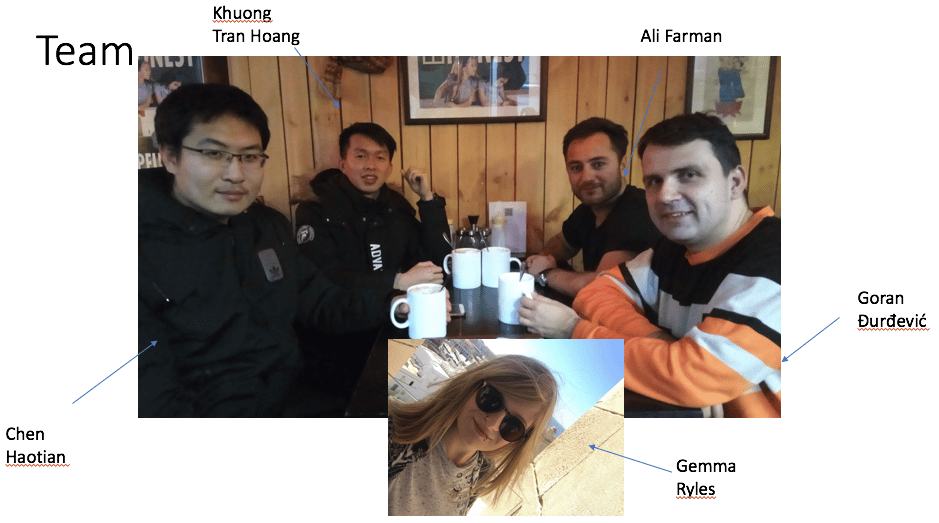
About the authors
Goran Đurđević is a Croatian archaeologist and ancient environmental historian who is doing his Ph.D. at the Department of Archaeology of Capital Normal University in Beijing, China. His research interests are mirror studies on global and comparative perspective. He is currently co-leader of the Mirror Studies project.
Hoang Khuong Tran is a Vietnamese engineer and GIS expert who is enrolled at Ph.D. level at the Department of Agriculture and Science, South Dakota State University in Brookings, USA. His research interests are mirror studies from a geographical and IT perspective. He is currently co-leader of the Mirror Studies project.
Chen Haotian is a Chinese historian who is dedicated to contemporary and world history, a subject which is part of his MA thesis at the Department of World History in Capital Normal University in Beijing, China. His research interests are mirror studies from a historical and cultural perspective. He is currently co-leader of the Mirror Studies project.
Gemma Ryles is a British student of journalism at the Department of Journalism of Leeds Beckett University in Leeds, UK. Her interests are mirror studies in media, social networks and digital environments. She is currently the Social Media Editor of the Mirror Studies project.
- Email: info.mirrorstudies@gmail.com
- Website: mirrorstudies.com
- Twitter: @MirrorStudies
- Facebook: @MirrorStudies
- YouTube: Mirror Studies
- WeChat: Mirror Studies
- Youku: Mirror Studies
References
- Чен Хаотянь (Chen Haotian), Иван Маркович (I. Marković), Кхуонг Тран Хоанг (H. T. Khuong), Горан Джурджевич (G. Đurđević), Лиляна Джурджевич (Lj. Đurđević), Мире Младеновски (M. Mladenovski). “Зеркальные исследования и обмен знаниями: тематическое исследование – семинар Символы и зеркала для учащихся средних школ”. (Mirror Studies and sharing knowledge: case study – workshop Symbols and mirrors for secondary school students), 2021.
- 陈昊天 (Chen Haotian),阿里法曼 (A. Farman),洪川黄 (H. T. Khuong),高山 (G. Đurđević). “数字技术与全球考古学:大数据、地理信息系统和镜子研究——以罗马镜子为个案的探讨”. (Digital Technology and Global Archaeology: Research on Big Data, Geographic Information Systems and Mirrors: A Case Study of Roman Mirrors), 2020.
- Đurđević, Ljiljana, Đurđević, Goran, Farman, Ali, Chen Haotian, Tran, H. K., Gallaga, Emiliano, Mladenovski, Mire. “Zrcala u obrazovanju: projekt Mirror Studies i edukacijski materijali” (The mirrors in education: project Mirror Studies and education materials), Proceedings of 7th International Conference “Vallis Aurea: Focus on Research & Innovation“ 24-26th September 2020, Pozega (Croatia), 2020, pp. 207-219.
- Farman, Ali, Đurđević, Goran, Chen, Haotian, H. K. Tran. “The first International Mirror Studies Virtual Conference (IVMSC 2020)”, Etruscan News, 2021.H. K. Tran, Đurđević, Goran, Gallaga, Emiliano, Chen Haotian, Farman, Ali. “Reflexión digital: una introducción al proyecto de Estudios Espejos y la aplicación web desde las perspectivas mesoamericanas” (Digital reflection: an introduction to the Mirror Studies Project as a tool for education and dissemination of cultural heritage or alternatives to a pandemic), Revista de Arqueología, 2021.

